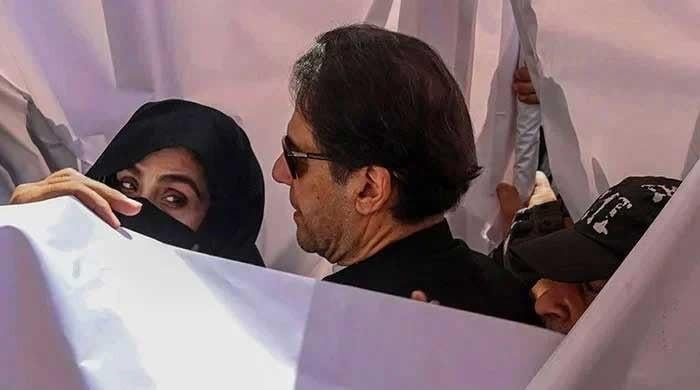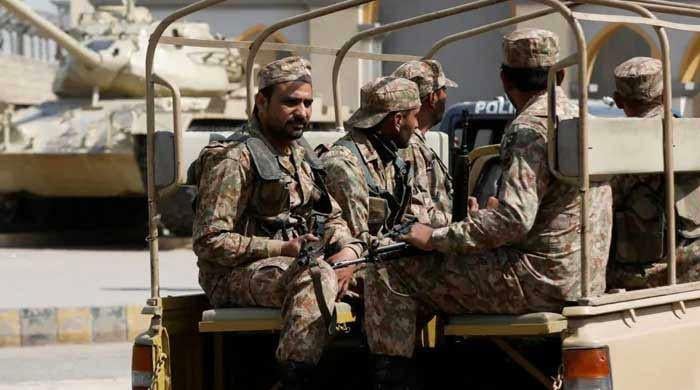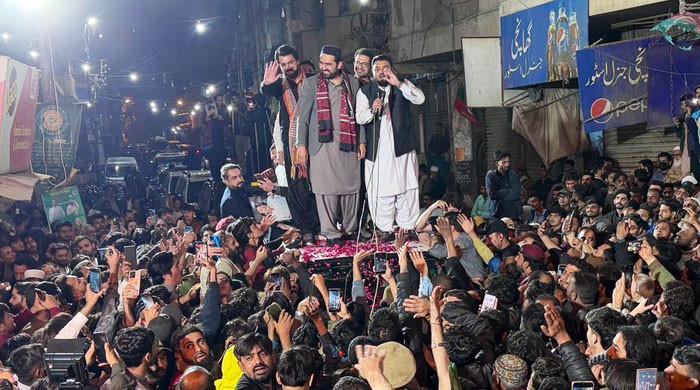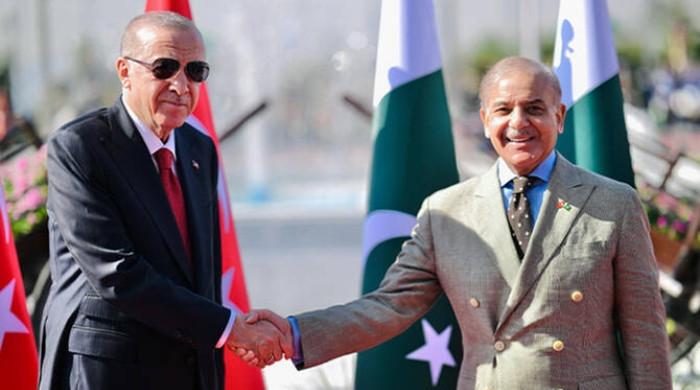Explainer: The numbers game of no-confidence motion against PM Imran Khan
Currently, government has 17-member lead over Opposition; NA rules state simple majority needed to remove PM from office
March 03, 2022
The Opposition has claimed that it has the support of 24 lawmakers from treasury benches in the National Assembly as it aims to move a no-confidence motion against Prime Minister Imran Khan.
So, does the Opposition have the required numbers? Let's take a look.
Government's numbers in NA:
- PTI — 155
- MQM-P — 7
- PML-Q — 5
- BAP — 5
- GDA — 3
- Independent — 2
- AML — 1
- JWP — 1
- Total: 179
Opposition's numbers in NA:
- PML-N — 84
- PPP — 56
- MMA — 15
- BNP-M — 4
- Independent — 2
- ANP — 1
- Total: 162
Currently, the government has a 17-member lead over the Opposition. If we take a look at the numbers of MQM-P (7), PML-Q (5), and BAP (5), it adds up to 17 — and the Opposition is repeatedly approaching these parties to get their support.
In this scenario, the Opposition will have 179 votes, while the government's numbers will fall to 162.
The rules of the National Assembly dictate that a simple majority — 172 votes — is required to remove the prime minister from office.
Apart from this, the Opposition parties claim they have the support of 24 lawmakers from treasury benches — PML-N claims to have the support of 16 PTI lawmakers, PPP six, and JUI-F two — who have assured to back their no-confidence motion.
But there's a catch: If the PTI lawmakers cast a vote in favour of the Opposition's no-confidence motion, legal action of defecting from the party can be taken against them.
However, if the allies of the PTI cast their vote in favour of the no-confidence motion, no legal proceedings can be initiated against them.
So if the Opposition ditches the PTI lawmakers and goes with the support of the allies, it can have the prime minister removed from his position even then.
Procedure
The rules of the lower house state that moving a no-confidence motion against a prime minister is a "democratic" way of removing the person from office.
"In this respect a resolution for a vote of no-confidence is moved by not less then 20% (68 lawmakers) of the total membership of the National Assembly. If the resolution is passed by majority of the total membership of the National Assembly, the prime minister immediately relinquished powers," it states.
The lawmakers will have to submit a requisition to the NA speaker to call a session of the National Assembly for the no-confidence motion.
Once the requisition is submitted, the speaker is bound by the constitution to call a session after three days and within seven days.
The voting will be held via open ballot — just like it takes place for the prime minister's election in the NA.
Once the no-confidence motion is passed against an incumbent prime minister, the speaker will apprise the president in writing about the development, and the secretary will then have it published in the form of gazzate.









